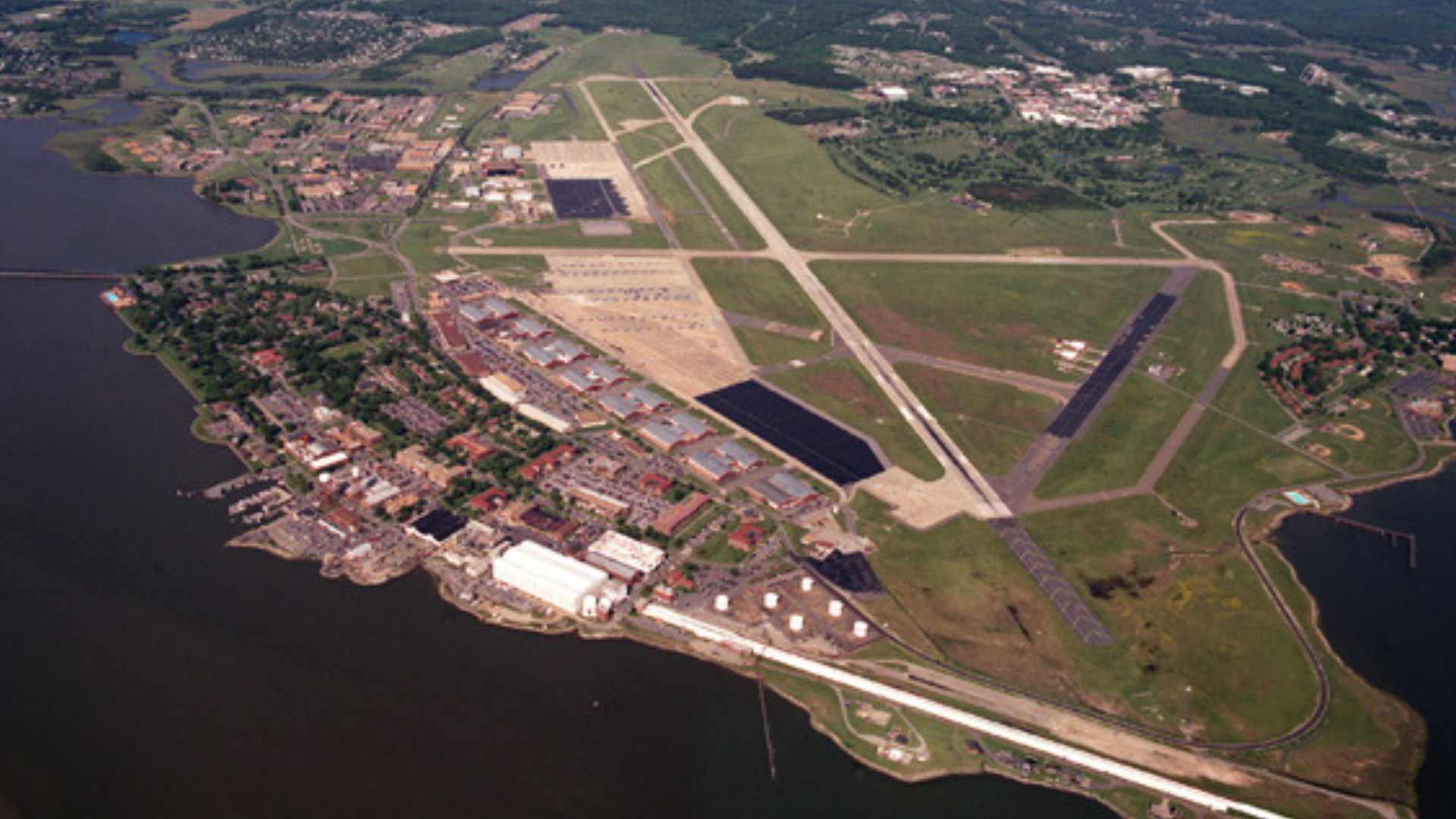For 17 consecutive nights, a fleet of unidentified drones, numbering up to a dozen or more, infiltrated the restricted airspace over Langley Air Force Base in Virginia. U.S. Air Force Gen. Mark Kelly, a senior commander at the base, personally witnessed the incursions.
The drones, some estimated to be 20 feet long and capable of speeds over 100 mph, displayed a level of sophistication far beyond typical hobbyist equipment. They followed a consistent pattern, arriving 45 minutes to an hour after sunset and departing around midnight, often flying at altitudes between 3,000 to 4,000 feet.
Despite the base's advanced radar systems and the presence of F-22 Raptors, military personnel struggled to effectively track or intercept the drones. The UAVs' ability to evade detection highlighted significant gaps in current defense capabilities.
National Security Implications
The incidents at Langley and other locations, including the Nevada Nuclear Security Site, have raised serious concerns about potential espionage, surveillance, or more malicious intentions. Officials speculated whether foreign adversaries like Russia or China might be behind the incursions, testing the response of American forces.
Government Response
High-Level Attention
The drone sightings reached President Biden, triggering two weeks of White House meetings. Officials from various agencies, including the Defense Department, FBI, and the Pentagon's UFO office, convened to discuss possible explanations and response strategies.
Legal and Operational Challenges
Federal law prohibits the military from shooting down drones near U.S. military bases unless they pose an imminent threat, complicating the response to these incursions. This limitation has sparked discussions about potentially expanding military authority in such situations.
Innovative Solutions: The AirSight Approach
In light of these challenges, advanced drone and drone pilot detection technologies like AirSight offer promising solutions. AirSight's comprehensive software is designed to track both drones and their pilots in real-time, enabling authorities to address the threat at its source. By providing accurate, immediate detection and tracking capabilities, AirSight's technology could significantly enhance the military's ability to respond to drone incursions without resorting to potentially dangerous interception methods.
Key features of AirSight's solution include:
- Advanced sensors for long-distance drone detection
- Real-time tracking of drone trajectories
- Capability to identify drone pilots' locations
- Seamless integration with existing security infrastructure
By implementing such advanced systems, military bases and other critical infrastructure could gain a crucial advantage in protecting against unauthorized drone activity, potentially preventing incidents like those observed at Langley Air Force Base.


